The press notes for Endzeit–Ever After describe it as a, “feminist gothic fairie tale zombie movie,” which seems like another way of saying that it defies description, but let’s try anyway. In the near-future, a virus has caused a zombie apocalypse in Germany, leaving only two cities inhabited by humans. There’s Jema, where scientists are looking for a cure, and Weimar, where those who have been bitten by the undead are immediately killed. Weimar has a border fence that keeps the reanimated deceased out, which Vivi (Gro Swantje Kohlhof), who has spent the last two years in a mental institution, volunteers to help patrol, though she soon finds herself overwhelmed by the grimness of the situation there.
Director Carolina Hellsgård gets across the brutality of this world early on, when a chipper young woman, who seems like the only friendly face among the patrol members, must have her arm amputated after a zombie bite—and then after much screaming in agony, is put out of her misery by a bullet to the head. The shooter, Eva (Maja Lehrer), a tough-as-nails soldier, looks upon Vivi dismissively as not strong enough for the present-day reality. She might be right, as Vivi tries to check out in more ways than one. However, upon receiving inspiration from a mysterious old man in a vision (although the film never explains exactly who he is), Vivi decides to sneak aboard the conductor-less train carrying supplies to Jema, where, as it turns out, Eva is also a stowaway.
After the train breaks down between the two cities, Vivi and Eva have to reach Jema on foot, somehow avoiding certain death while crossing the Black Forest while zombies lurk all around them. The odds do not seem in their favor, not least because Vivi is prone to panic attacks while Eva neglected to bring any kind of weapon along when she snuck out of the camp. At first, they alternate between fortifying the train car’s doors with crates and other objects and Eva sneaking off to try and start a truck parked in the distance—story beats that seem like a clever homage to George Romero’s original Night of the Living Dead (1968).
These early scenes, in which the characters are trapped together and uncertain of where the next zombie attack is going to come from, are effectively taut. The film doesn’t shy away from exploring the psychological trauma that comes from still being alive at the end of the world. Both Vivi and Eva have survivor’s guilt because of questionable things they did during the virus’s outbreak. They yearn for redemption, which is fine, but their paths to reaching it are woefully underwritten.
In the case of Vivi, it turns out she is trying to find her missing sister, but as far as we can tell, she has no clue as to where she might be. Vivi literally wanders aimlessly throughout the movie until conveniently bumping into her. Eva, meanwhile, turns out to be hiding a secret that anyone who has ever seen a zombie film will be able to guess right away: she has, in fact, been bitten by one of the undead, which is why she wants to get to Jema so desperately. Unfortunately, the film never sets up the rules as to how much time victims have after they are bitten until they turn, and so Eva goes through unpredictable waves of seeming ill and being healthy as a horse.
Then there is the big twist that zombies are starting to grow plants on themselves, which may or may not be because of a scientist (Trine Dyrholm) who seems part-plant herself. She has a greenhouse where she conducts experiments, resulting in vegetables that give those who consume them powers—such as the ability to detect zombies, apparently. Doubtless, this is a new twist on genre, but it represents such a shift from the more realistic grit of the initial chapters that it takes us right out of the viewing experience.
Hellsgård coaxes committed performances out of her two main leads, and Dyrholm as the mysterious plant-woman is wonderfully creepy and stoic. But so much else is a let-down. For the most part, the zombie attacks themselves are dull and unimaginative—at one point, a character actually exclaims that there is a horde of zombies running toward them, and a second later, a horde of zombies runs toward them. Meanwhile, the journey takes the protagonists through a series of trashed manors and cottages that eventually blur together into a dilapidated sameness.
That the film goes in bizarre directions and is generally under-baked might be forgivable if there were a sense of fun, but instead, the tone is uniformly straight-faced.

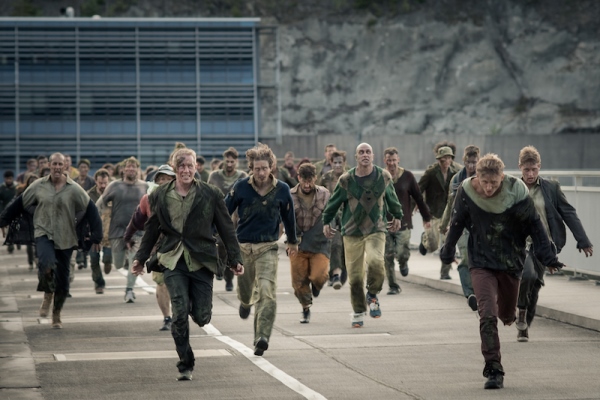
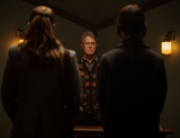

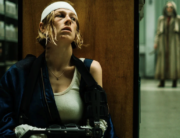
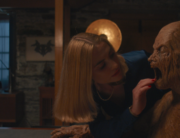
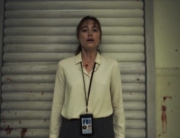
Leave A Comment